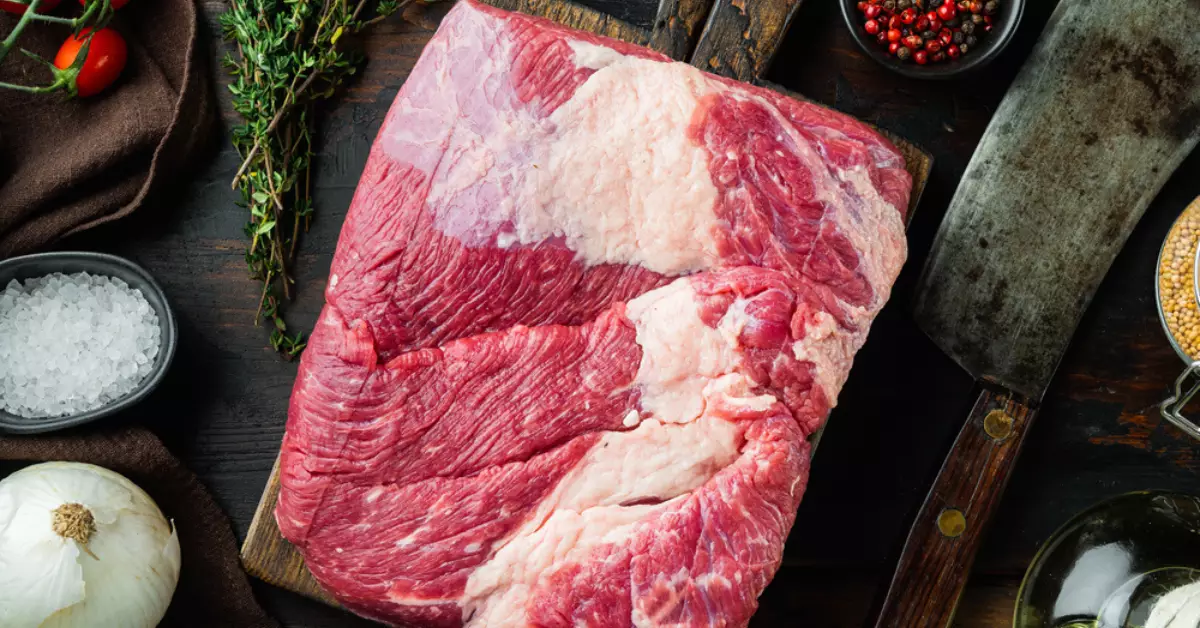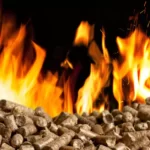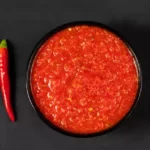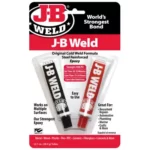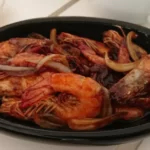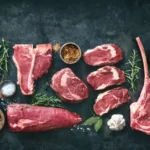Brisket, as every BBQ aficionado knows, is the epitome of comfort food. A perfectly cooked brisket, moist and succulent, is a sight to behold and a delight to the palate. Achieving this perfection, especially in the brisket flat, is an art as much as it is a science.
When brisket is expertly prepared and cooked, it retains its juiciness, delivering an explosion of flavors with every bite. The challenge, however, lies in preventing the brisket flat from drying out during the long cooking process.
This juicy wonder demands a certain finesse in preparation, cooking, and even resting. All of these factors combined determine the moisture content of your brisket flat, ultimately ensuring a dining experience that is nothing short of exceptional.
Essential Knowledge About Brisket
Understanding the Cuts: Flat vs. Point
The brisket is a cut of meat from the breast or lower chest of beef. The whole brisket is divided into two primary cuts: the brisket flat and the brisket point. The brisket flat, also known as the “first cut,” is the leaner portion. It’s this lean nature that often puts the brisket flat at risk of drying out during cooking.
Composition of Brisket: Why Does It Dry Out?
Brisket is composed mainly of muscle fibers, fat, and connective tissue. When exposed to heat, these fibers contract, expelling the moisture within them. The fat and connective tissue can render down and moisturize the meat, but if cooked improperly, most of this valuable moisture can be lost, leaving the meat dry and tough.
Choosing the Right Brisket
Identifying Quality in Brisket Selection
The first step in ensuring a moist brisket flat starts with the selection of the brisket itself. Look for a brisket that has a good amount of marbling. Marbling refers to the little streaks of white fat found within the lean sections of meat. The more marbling, the better, as it melts during cooking, keeping the meat moist and flavorful.
Importance of Marbling for Moisture Retention
A well-marbled brisket will not only provide a richer flavor but also greatly aids in retaining moisture during the long cooking process. It’s these tiny bits of fat that melt and baste the meat from the inside, ensuring it remains juicy and tender.
The Importance of Proper Preparation
The path to a juicy brisket flat involves careful preparation before the brisket even sees the heat of the grill or smoker.
Role of Brining in Moisture Retention
One essential step in the preparation of a brisket is the brining process. This involves soaking the brisket in a solution typically composed of water, salt, and other flavoring ingredients.
- Improving moisture retention: Brining operates on the principle of osmosis and diffusion. The salt in the brine solution loosens the muscle fibers of the meat, allowing it to absorb the liquid. This extra absorbed liquid increases the moisture content of the brisket, helping it stay juicy during the cooking process.
- Flavor enhancement: Besides improving moisture retention, brining also helps to infuse the brisket with flavors from the brine solution. These flavors permeate the meat, providing a depth of taste that goes beyond just surface seasoning.
Seasoning: Enhancing Flavor and Moisture
In addition to brining, the way you season your brisket also has a big impact on its final moisture content.
- Dry rubs: Seasoning often involves applying a dry rub – a mixture of salt, pepper, and various other spices – to the surface of the brisket. The salt in the rub helps to draw out some of the meat’s juices, which are then reabsorbed, along with the flavors of the spices. This not only enhances the flavor of the brisket but also aids in moisture retention.
- Formation of bark: The dry rub also helps to form a “bark” – a crusty outer layer – on the brisket. This bark serves to seal in the juices of the brisket, helping to prevent them from escaping during the long cooking process.
Cooking Techniques for Preventing Dry Brisket
The Low and Slow Approach
When it comes to cooking brisket, a low and slow approach is key. Cooking at a lower temperature for a longer time allows the tough connective tissue in the brisket to break down without forcing too much moisture out of the meat.
Advantages of Smoking Brisket
Smoking is arguably the best method for cooking brisket. The steady, indirect heat of a smoker allows the meat to cook slowly and evenly, while the smoke adds a distinct, mouthwatering flavor. A water pan in the smoker can also help maintain a moist environment during cooking.
Role of Temperature Control in Cooking
Monitoring and controlling the cooking temperature is vital. Keeping the temperature steady at around 225-250°F (107-121°C) is ideal. Too high, and the brisket can dry out. A good quality meat thermometer can be an invaluable tool in this process.
The Magic of Wrapping Brisket
Different Wrapping Techniques: Foil vs. Butcher Paper
Wrapping the brisket partway through the cooking process can significantly help in retaining moisture. Two common methods are the Texas Crutch (wrapping in aluminum foil) or wrapping in butcher paper. Both methods prevent the meat from drying out, but butcher paper is often preferred for its breathability, allowing for a better bark on the brisket.
Timing of Wrapping: When and Why to Wrap
The best time to wrap your brisket is once it reaches a temperature of around 150-170°F (66-77°C) – often called the “stall.” Wrapping at this stage helps to lock in the meat’s natural juices, keeping the brisket moist as it continues to cook.
Resting Brisket: A Key Step
Understanding the Resting Process
Once the brisket is cooked, it’s crucial to let it rest. Resting allows the juices, which have been driven to the center of the brisket during cooking, to redistribute throughout the meat.
How Resting Prevents Drying Out
Skipping the resting period or cutting into the brisket too soon after cooking can cause these valuable juices to spill out, leading to a drier brisket. Allow your brisket to rest, tented with foil, for at least an hour after cooking to maximize juiciness.
Troubleshooting Common Brisket Problems
Recognizing Overcooked and Undercooked Brisket
Recognizing whether your brisket is overcooked or undercooked can help prevent a dry final product. Overcooked brisket may be too dry and crumbly, while undercooked brisket can be tough. Both scenarios can benefit from a little extra liquid (like a broth) and additional slow, low-heat cooking time.
Steps to Fix Dry Brisket
If you find your brisket is too dry after cooking, don’t worry, all is not lost. One way to rescue dry brisket is by slicing it and then simmering the slices in a sauce or a broth, which can reintroduce much-needed moisture.
Frequently Asked Questions
How long should I cook brisket to keep it moist?
The general rule of thumb for cooking brisket is about 1 to 1.5 hours per pound at 225-250°F (107-121°C). However, every brisket is unique, so it’s essential to use a meat thermometer and cook until the internal temperature reaches 195-205°F (91-96°C).
Can brining dry out brisket?
No, brining actually helps keep the brisket moist. It allows the meat to absorb extra liquid, which helps to keep it juicy during the long cooking process.
What should I do if my brisket is tough?
If your brisket is tough, it might be undercooked. The connective tissues in the brisket need enough time to break down, which happens during a long, slow cooking process. If your brisket is tough, try cooking it a little longer at a low temperature.

